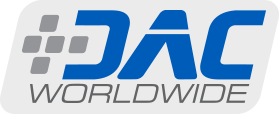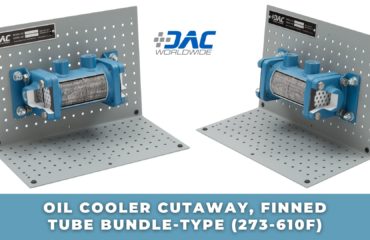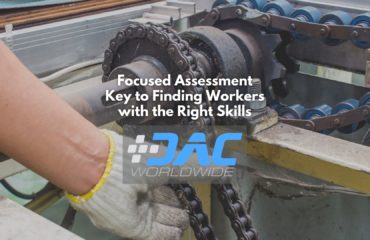
What’s the most-feared word in the manufacturing sector? While there certainly are a wide variety of candidates, we’d be willing to bet that “downtime” is quite high on the list. No manufacturer likes to hear that critical machinery is down, leading to production delays and potentially expensive repair costs.
When looking for ways to boost productivity and efficiency, many manufacturers analyze downtime statistics to try to figure out what’s causing downtime and how to minimize it. Is a particular machine to blame? Are machines not being maintained in a timely manner? Is equipment not being utilized appropriately?
Unfortunately, too many manufacturers have nothing to analyze other than miscellaneous reports by maintenance managers. That’s why rubber compounding manufacturer Hexpol Compounding America (HCA) recently invested in a computerized maintenance management system (CMMS).
According to a recent IndustryWeek article by Dennis Scimeca, maintenance at HCA was “not a focus at the executive level.” However, after implementation of a CMMS, leadership realized that the CMMS could “lay the groundwork for a new, company-wide total preventative maintenance (TPM) initiative” that “ties directly into…HCA’s corporate strategy plan[, which] includes continuous improvement and lean management goals.”
For example, the CMMS allowed HCA to take “a data-rich approach to boost equipment availability and found continuous improvement opportunities throughout all of its operations.” One focus was on inventory reduction, keeping track of “parts inventories and repairs to determine how shelf-life relates to replacement-part needs.”
The CMMS provided some interesting insights: “O-rings don’t last forever. If you sit on a part for 10 years, if it has rubber seals in it, it’s probably bad. We probably shouldn’t be holding on to that because it’s a cost. If we’re relying on that part to work in 10 years and it fails right away, it did us no good to even hold that part.”
Likewise, “[i]f they sit too long, the bearings in large motors flatten because of the weight. Something as simple as rotating a shaft a quarter turn once a month prevents those motors from becoming write-offs and incurring replacement costs. The CMMS determines the best PM schedules to avoid the motors from failing.”
HCA’s maintenance leaders have been pleased with how the CMMS has helped them use real data to drive changes. According to HCA’s CEO, “We’re only doing the things that we know we can control and that are actually going to give us the benefits we need.” And how do they know it’s working? “[T]he CMMS provides real truth on whether the new policies deliver results or not.”
The data provided by the CMMS has also helped HCA leaders to work more closely together. Quarterly one-on-one meetings with site leaders “make sure larger goals meet the specific needs of individual plants and that everyone has the resources they need…A good example is trying to find maintenance technicians. If we have three openings at a site and not seeming like we’re getting any resumes for interviews I can try to go to HR and figure out what’s going on. What do we need to do to get this done?”
Speaking of maintenance technicians, it’s no surprise that HCA’s multiple locations would still need to hire highly skilled maintenance technicians. The CMMS didn’t reduce the need for ongoing reactive and proactive maintenance. To the contrary, it provided data to support the importance of maintaining equipment on a regular basis to optimize efficiency and productivity.
For companies like HCA, that means hiring new maintenance technicians with the skills they need to succeed, as well as upskilling current maintenance workers to ensure they’re up to the task of tackling the maintenance priorities the CMMS highlights. For many companies, this will mean making investments in things like ongoing training, in addition to new technology, like a CMMS.
For companies looking to set up or improve their maintenance training, a thorough review of current training materials is a great place to start. Do employees have access to hands-on training with actual components they’ll encounter on the job? If not, partnering with established companies to provide industrial-quality training systems that will stand the test of time will help ensure the productivity of the workforce.
For example, DAC Worldwide offers a wide variety of training systems specifically designed to give employees the hands-on experience they need to master essential industrial maintenance skills. Be sure to check out DAC Worldwide’s advanced manufacturing training systems and contact a DAC Worldwide representative to learn how you can improve your training today!





